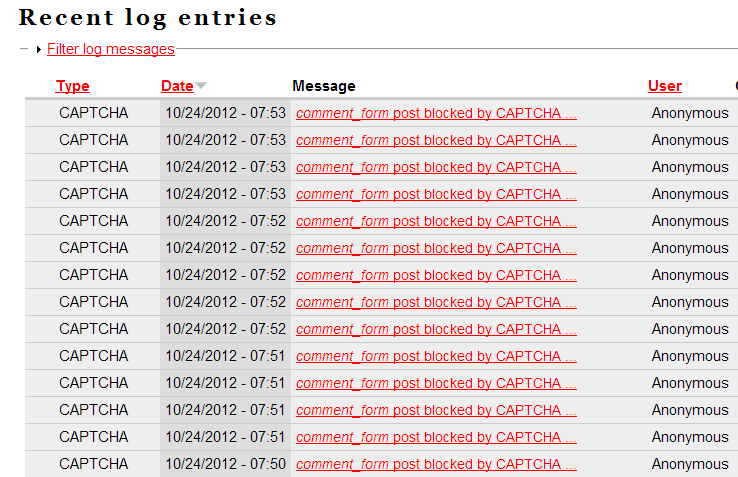The following was shared to me and I felt it deserved a wider audience, so with permission of the author, I am sharing it here. The author has asked me to point out that this writing is copyrighted by her, and that permission is required from her if you wish to copy it or publish it in another format. You can contact me through the contact link above if you want to get in touch with the author.
Ah, yes, homework.
To mark it? To leverage the pressure by counting the marks in the final average? Perchance not to assign it at all? Why can’t we seem to settle this, or at least find a way to get students to do their homework without all this agony? I believe we have met the enemy, and he looks familiar.
It is partly the system and partly ourselves creating this culture that teaches students in a perverse and relentless way to view the whole school experience as oppositional and adversarial, from mildly so to unbearable. However, when most of the work of learning is handed over to students, when performance happens only as they feel ready and at low risk, when acts of learning are full of interesting, varied experiences and fun, when learning happens within a really functional community of interacting,supportive peers, when every stage is completed so that students are fully competent to move on to the next, and when many or most things to learn are self-chosen, students become almost driven to work hard, and for their own reasons. Result: they learn like clappers. We all know it when we see it. It’s what teachers live for.
There are several sticking points on the way to achieving this, and then homework becomes almost a non-issue. One is the absolute refusal of the system to give up some control, especially over timing. The system overall has never paid anything but mealy-mouthed lip service to the part of our official Mission Statement that says people learn in different ways and at different rates. We seem to say "Sure…yeah…but you still have to complete FOM10 in one semester, or X number of classes, or you FAIL, get no credit for learning anything, and have to start all over again." "You have to move on to grade 6 now, and never mind all that grade 5 work you didn’t complete. Good luck to you."
This leads to "squeaker passes" and the awful pattern of moving on to the next thing when not ready for it, and probably another fail. It tells students in a loud voice that they don’t have to be really competent to "get out" of a year-grade or a course of study, and avoidance or disengagement has rewards (relief from stress, getting out of work they don’t want to do, elimination of risk, "sticking it to the man," declaring a pseudo-independence, status among peers, and more). Remove these pernicious rewards, and their origins, and avoidance vanishes (perhaps after a short period of trying frantically to make it work again!). Create an environment in which intrinsic rewards abound from genuine engagement, and they will come to the table. If they engage learning it feels fabulous; if not….well…nothing. And definitely not fabulous. And no way out but another chance tomorrow to get ‘er done. This is key: we have to learn patience, and WAIT.
We have never just accepted that learning mathematics, for instance, is a continuous process of acquiring knowledge and skills. As a student, it just doesn’t matter to you what age-appropriate or development-appropriate peer group of fellow learners you are with this year, or where any of those kids are on the continuum, as long as you are somewhere on the continuum, moving steadily forward, and riding on a solid history of competence in all of the previous work. We have to learn to trust kids to get there in their good time – with our help, of course. We have to let go of our insistence that every learner in a group must be nearly at the same place academically at any given time, and they all have to be doing the same thing at the same time, all day long.
Step back a bit, and it looks as crazy as it really is. Kids aren’t widgets and education is not mass manufacturing. "Scientific management" was NEVER appropriate for schools, and never will be. I am staggered by the human cost of this over the last two centuries, by the effects on millions of lives that we will never be able to guage fully, nor redeem. Despite widespread, largely unfounded belief, it’s not even efficient. In 2012, we know better, and yet we permit this one, tragically misguided set of notions about learning to dominate education worldwide to this day.
As competent, trained, experienced, caring adults, teachers do have the upper hand, but in many cases, we don’t use it as deftly as we could. Observing where the real intrinsic rewards and natural consequences fall can be disturbing, but very helpful. Interrupting the patterns of urging and resistance, of coercion and punishment, of risk and reward, means becoming very astute observers of what the school landscape feels like for students. How can we change their view of school from jail-like institution to a resource-rich playground where the goodies are?
Piaget so rightly did advise us that play is, above all things, "the Great Work of children". Play is hard work and results in rich, deep learning. Children do not have to be forced to do it. They are inwardly driven to play, and very inventive withal. Play is efficient, because it is child-selected, directed and timed; the energy and effort are focussed where they need to be, and exactly when. Maria Montessori proved how powerful this can be when we provide children with a truly rich environment, model civilized behaviour and true mentorship, and collaborate with children on their learning. How can we transform ourselves from authoritarian keepers, lecturers and judges, to become preparers and guardians of rich learning environments, protectors, mentors, record-keepers, directors of traffic, facilitators and fellow-learners? But that would mean reinventing our own identities somehow, and even adjusting our point of view, before we can transform learning in schools!
Another issue is our very difficult and uncomfortable relationship with the concept of evaluation. Although we have all kinds of ways to determine whether a person can perform a skill or demonstrate knowledge at any number of levels of mastery (recognition, recall, application, synthesis, etc.), we are still collecting marks from early performance, or even formative stages, and averaging them with information from summative performance, sticking in some "credit" for what amounts to compliance or engagement attitudes, and claiming that this represents some kind of accurate picture of competence in a scope of challenges. I have struggled with many iterations of this, none of them even in the ball park of real validity. And none address the likelihood that skills may improve with time after instruction.
Many teachers do have a good grasp of the use of rubrics, checklists, and testing theory, and use them every day. More and more are finding ways for students to demonstrate levels of mastery for summative evaluations that really do represent what students can do reliably and independently after learning and practice. Too many of us are still wallowing in a miasma of mixed messages, imprecise language, unsupported beliefs, crossed wires, lack of guidance, administrative confusion and just plain muddleheadedness about what we’re really trying to do here. And you can’t write comprehensive anecdotals on 150 kids every couple of months. Get real.
The first thing is to admit that this is a much bigger, wholly systematic problem, and cannot be fixed with a few hints about marking or not marking homework. We have work to do. (Don’t we always?) Psychologists speak of the "dances" of dysfunctionality, and admonish us that if we don’t like the dance we’re in, there’s only one way to move toward something better. Each of us can only act individually; we can’t change others. But if we change our own steps, we change the dance, and that can make all the difference.
When we do it together, we can change the world.
Oh, and in the short term, make a Big Deal of homework. VALUE it. Assign adjustable amounts of work (according to self-assessed need for gaining competence). Assign tasks that are very high quality and meaningful. Be sensitive to students’ need to have a life outside of school. Teach students explicitly how to know when they can perform a task confidently and independently. Set and insist on very high standards of work and presentation. Talk about it, go over some of it in class. Require completed, fully-documented corrections before checking off. If it isn’t done right, it isn’t done. Keep records. Don’t count them, but show them to parents. And there’s always after school. On Friday. 😉
KT Pirquet
KT Pirquet is a professional writer/editor and retired high school mathematics and science teacher. Katie lives near Victoria, B.C., where she is currently a writing instructor at the Western Academy of Photography.









